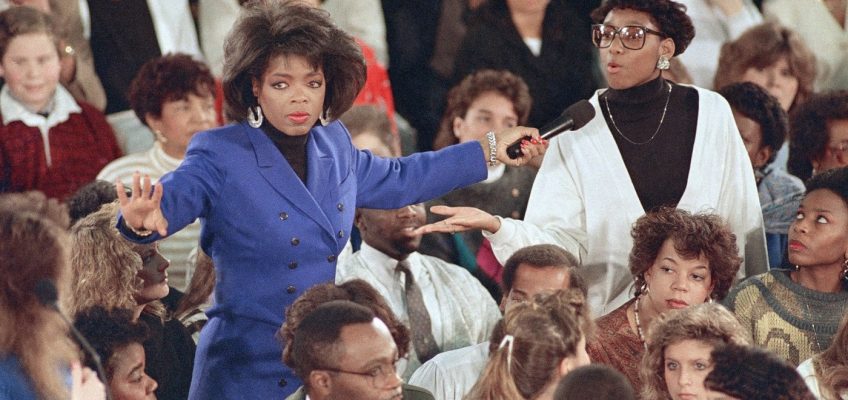Today is Monday, Sept. 8, the 251st day of 2025. There are 114 days left in the year.
Today in history:
On Sept. 8, 1986, “The Oprah Winfrey Show” began the first of 25 seasons in national syndication.
Also on this date:
In 1504, Michelangelo’s towering marble statue of David was unveiled to the public in Florence, Italy.
Related Articles
Unabashed California liberal and former US Rep. John Burton dies at 92
Chicago churches urge calm resistance ahead of expected federal intervention
South Korean nationals detained in Georgia’s Hyundai raid to be released
An ICE raid breaks a family — and prompts a wrenching decision
Today in History: September 7, Anglican church elevates Bishop Desmond Tutu
In 1565, a Spanish expedition established the first permanent European settlement in North America at present-day St. Augustine, Florida.
In 1664, the Dutch surrendered New Amsterdam to the British, who renamed it New York.
In 1900, Galveston, Texas, was struck by a hurricane that killed an estimated 8,000 people; it remains the deadliest natural disaster in U.S. history.
In 1935, Sen. Huey P. Long, D-La., was fatally shot in the Louisiana State Capitol building.
In 1941, the 900-day Siege of Leningrad by German forces began during World War II.
In 1951, a peace treaty with Japan was signed by 49 nations in San Francisco.
In 1957, Althea Gibson became the first Black tennis player to win the U.S. National Championships, now known as the U.S. Open.
In 1964, public schools in Prince Edward County, Virginia, reopened after being closed for five years by officials attempting to prevent court-ordered racial desegregation.
In 1974, one month after taking office, President Gerald R. Ford granted a “full, free, and absolute pardon” to former President Richard Nixon for any crimes committed during Nixon’s presidency.
In 2016, California and federal regulators fined Wells Fargo a combined $185 million, alleging the bank’s employees illegally opened millions of unauthorized accounts for their customers in order to meet aggressive sales goals.
In 2022, Queen Elizabeth II, who spent more than seven decades on the British throne, died at age 96; her then 73-year-old son became King Charles III.
Today’s Birthdays:
Former Sen. Sam Nunn, D-Georgia, is 87.
Sen. Bernie Sanders, I-Vermont, is 84.
Civil rights activist Ruby Bridges is 71.
Author Terry Tempest Williams is 70.
Basketball Hall of Famer Maurice Cheeks is 69.
Actor Heather Thomas is 68.
Singer Aimee Mann is 65.
Actor Thomas Kretschmann is 63.
Alternative country singer Neko (NEE’-koh) Case is 55.
TV personality Brooke Burke is 54.
Actor Martin Freeman is 54.
Actor David Arquette is 54.
TV-radio personality Kennedy is 53.
Actor Larenz Tate is 50.
Singer-songwriter Pink is 46.
Actor Jonathan Taylor Thomas is 44.
Rapper Wiz Khalifa is 38.
MLB pitcher Gerrit Cole is 35.
Actor Gaten Matarazzo (TV: “Stranger Things”) is 23.




